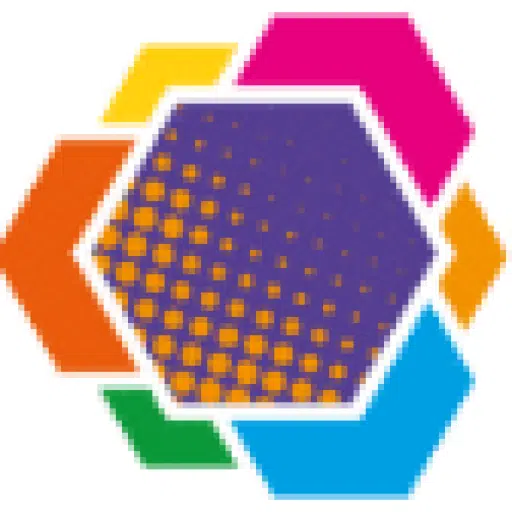OliKrom in Replay – “Innovation Day 2016”
The revolution in progress of the “chameleon” pigments of Pessac
Facades changing color according to the weather for energy savings, bottle labels changing when the wine is at temperature: a company from Gironde has developed a new generation of “intelligent” pigments.
AN INNOVATION WON BY MULTIPLE INDUSTRIAL SECTORS, FROM LUXURY TO AERONAUTICS
Many small and medium-sized enterprises (SMEs) would dream of knowing the situation of OliKrom, a young start-up based on the university campus of Pessac, near Bordeaux: since its launch in October 2014, not a day goes by without a dozen companies or industrial groups calling it, interested in the innovative technology developed over the past few years by its founder, Jean-François Létard.
A chemist at the French National Center for Scientific Research (CNRS) for 17 years, the entrepreneur specialized in “intelligent” pigments capable of reacting, by changing color, to temperature, light or pressure. From 2005 onwards, the patents accumulate and the researcher decides to take the entrepreneurial step.
A business school education and a few years of incubation later, OliKrom was launched. And the industrialists came running. Because, explains Jean-François Létard, they had been waiting for a long time for a renewal of technologies, after the appearance “about forty years ago” of the first pigments capable of changing color, but “which were not resistant to ultraviolet rays, had wear problems and could be toxic”. The processes developed by OliKrom allow “molecules to change their conformation, and therefore their color”, “with the least possible disruption”, allowing for very precise, reversible or irreversible modifications. The “speed” and “non-fatigability” of the process are also at the heart of the new materials, emphasizes the researcher.
INFINITE APPLICATIONS
Another crucial factor in the “hypergrowth” of the young company, which has seven employees and plans to launch an industrial site by the end of 2015 thanks to a recent fundraising of 740,000 euros: the fields of application seem quite simply … infinite. The luxury, design, decoration and fashion sectors, with their intelligent textiles, have already shown interest in the paints, varnishes, inks or plastic granules produced by the company.
We can imagine perfume bottles that change color, personalized objects confides Jean-François Létard, but without providing more details, concerned about confidentiality.
“This can be useful in the fight against counterfeiting, thanks to hidden markings that reveal themselves under a certain light or at a given temperature, for food safety thanks to barcodes that change color irreversibly when the cold chain has been broken…”, says Camille Tanguy, in charge of sales.
Architecture and sports also offer many opportunities: curtains that become opaque in the sun, storage of light through luminescent ceilings, tennis courts that change color at the impact of the ball for refereeing… All the more so as the “combinations” of pigment properties seem “unlimited”, underlines Clément Chatelier, laboratory manager.
But one of the largest fields of application of this technological revolution is, without a doubt, that of safety, particularly industrial safety. OliKrom is already working with Airbus and Safran on the parts that will equip tomorrow’s aircraft, because, for maintenance, “one of the challenges is to be able to see quickly if a part has suffered an abnormal shock. In factories, the traces of wear and tear on equipment will be able to be “visually checked” in the same way. We can also imagine a reduction in work or domestic accidents thanks to the change in color of tools or utensils subjected to high temperatures or a change in color of safety doors in case of fire…
And what about the possibilities opened up by pigments capable of reacting to the presence of gases or solvents, on which the company is continuing its research?
“The market is huge, and other companies are going to get involved,” predicts Jean-François Létard, who is pleased that this innovative technology is French, while emphasizing the importance of the ecosystem of public aid that has enabled him to develop his project. And, just like his “chameleon” pigments, he was able to move easily from the status of researcher to that of entrepreneur.

